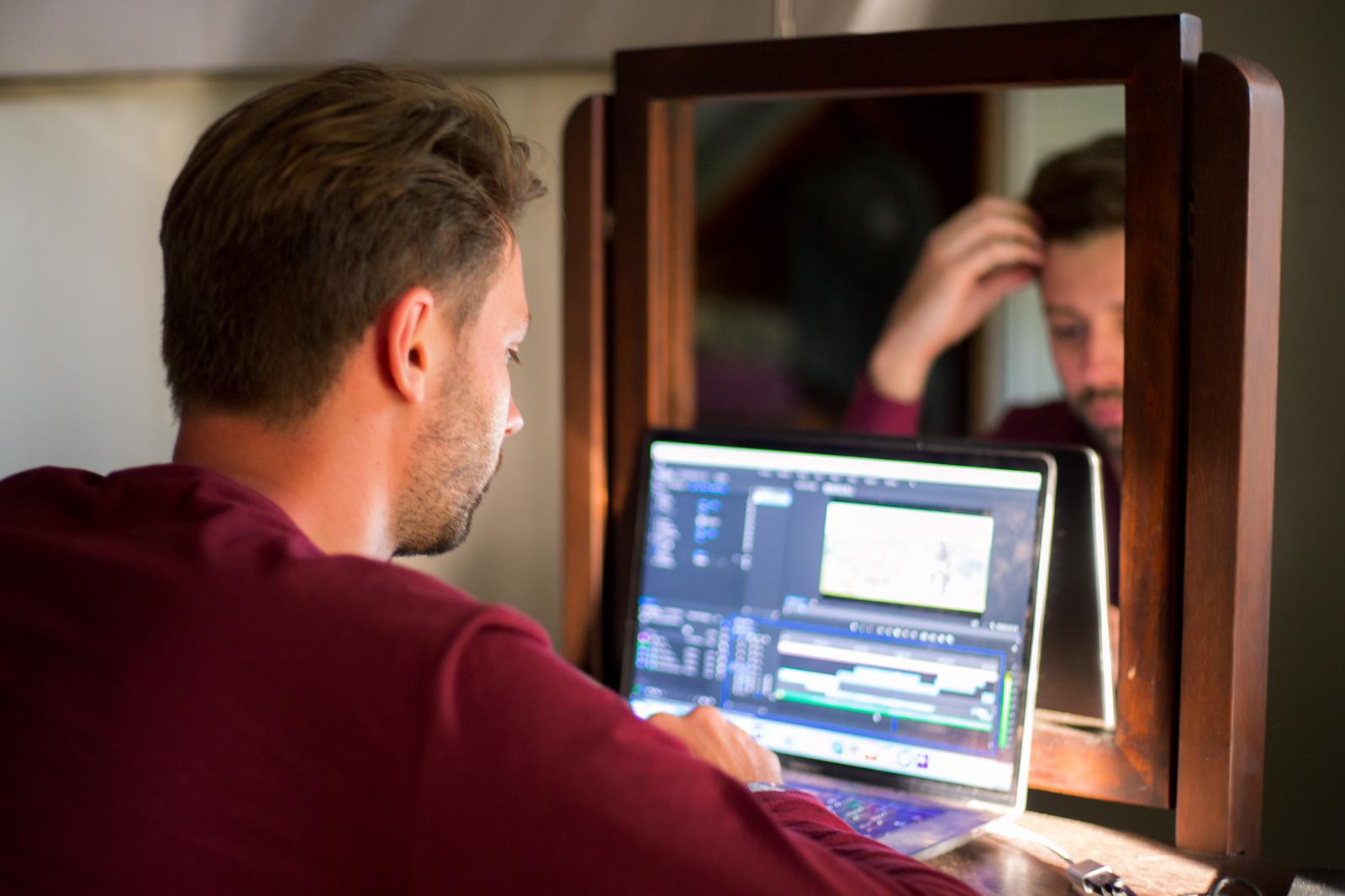The editing suite is where everything comes together. You’ve slaved over your script and pre-production, you’ve spent long days on set getting the perfect shots, so don’t waste all that effort by getting over-excited now it’s time to turn your rushes into a film. Here are some common video editing mistakes and how to avoid them.
Poor or inconsistent audio
Poor, inconsistent or out-of-sync audio is especially jarring for an audience and can ruin their immersion in the film. Having good-quality audio begins on set, with the proper recording of sound using professional equipment, not just an in-built mic, but audio needs a little attention in the edit suite too. Mixing your sound levels properly so that the audio is consistent is essential for a smooth viewing, and so that you don’t end up with a cacophony of overlapped sounds or volume spikes.
Mismatching soundtrack and visuals
You may have a great piece of music that you can’t wait to put to the film but trying to fit it in at any cost will be detrimental; the story should come first and the music should complement it. This may mean that you can’t use the entire piece of music, or it may have to be broken up and fade in and out at certain moments. No matter how good the soundtrack is, it will lose all its effect if it doesn’t work with the visuals on screen. When the soundtrack and visuals are properly matched, however, it’s a thing of beauty.
Pacing
Everyone will have seen a film or video in their life that just dragged, and you found yourself checking how long was left. Everyone has also probably seen a film that went by at a mile a minute, preventing you from really taking anything in. Regulating the pace is a key editing skill and that doesn’t just mean fast forwards and slow-mos. Lots of quick cuts back-to-back create urgency and a sense of excitement but often doesn’t give the audience a chance to fully engage with any of those frames. Long, uninterrupted shots can help to build tension, but if they go on too long, they become boring. All films should have a change in tempo, but this should be dictated by the story.
Flash frames
Flash frames are incredibly jarring, making the audience think ‘did I just see that?’ or ‘What did I just see?’. Flash frames have, on occasion, been used for creative purposes, such as in The Exorcist or Fight Club, but usually, they are a result of an editing mistake or recording equipment error. Make sure to watch your video back frame-by-frame to check none of these flash frames has been accidentally spliced into your sequence.
Incomplete transitions
Similar to (most) flash frames, incomplete transitions are usually the result of an editing mistake. Incomplete transitions occur when your transition is longer than one of the clips it is transitioning between, leaving the viewer momentarily looking at a blank screen. To fix this, you will have to extend the clips so that they are longer than the transition or replace the transition effect altogether.
Jump cuts
Misuse of jump cuts is a common video editing mistake. One of the most famous jump cuts of all time is from the beginning of 2001: A Space Odyssey, when early man throws a bone into the air, and suddenly it turns into a similarly shaped space station, far into the future. Jump cuts have to be used carefully to have any positive effect otherwise, they will be jarring. Each shot should link to the next in some way, not just because you don’t have another way to transition between two scenes.
Keeping in shots that don’t fit into the overall narrative
You might get a fantastic shot, scene or set that looks and sounds incredible but, just like the point about music earlier, you shouldn’t try and shoehorn it in. One of the most common video editing mistakes is trying to include shots that don’t fit with the overall narrative. Not only do these shots make your video flabbier, but they can also disturb the viewer immersion and lose your message.
Graphics overload
Too many overlays or graphics just looks messy. If you’ve spent a lot of time planning your story and getting great shots, don’t detract from it by overloading them with graphics. Like special effects and many other similar techniques, if they’re not necessary – leave them out. Any graphics you do use should be in keeping with the tone of your film, not just in their design but also in how they appear on-screen, whether it be a slow fade in or on a frame of its own. Have faith in what you’ve achieved on set and use graphics sparingly to complement the piece.
Editing your video is a long, but very rewarding process where you can see all your hard work finally taking shape. Make note of these common video editing mistakes and you should have a much more enjoyable time cutting together your masterpiece.
If you need help editing your video or need help with any part of your video production process, get in touch with us and see how we can help.
